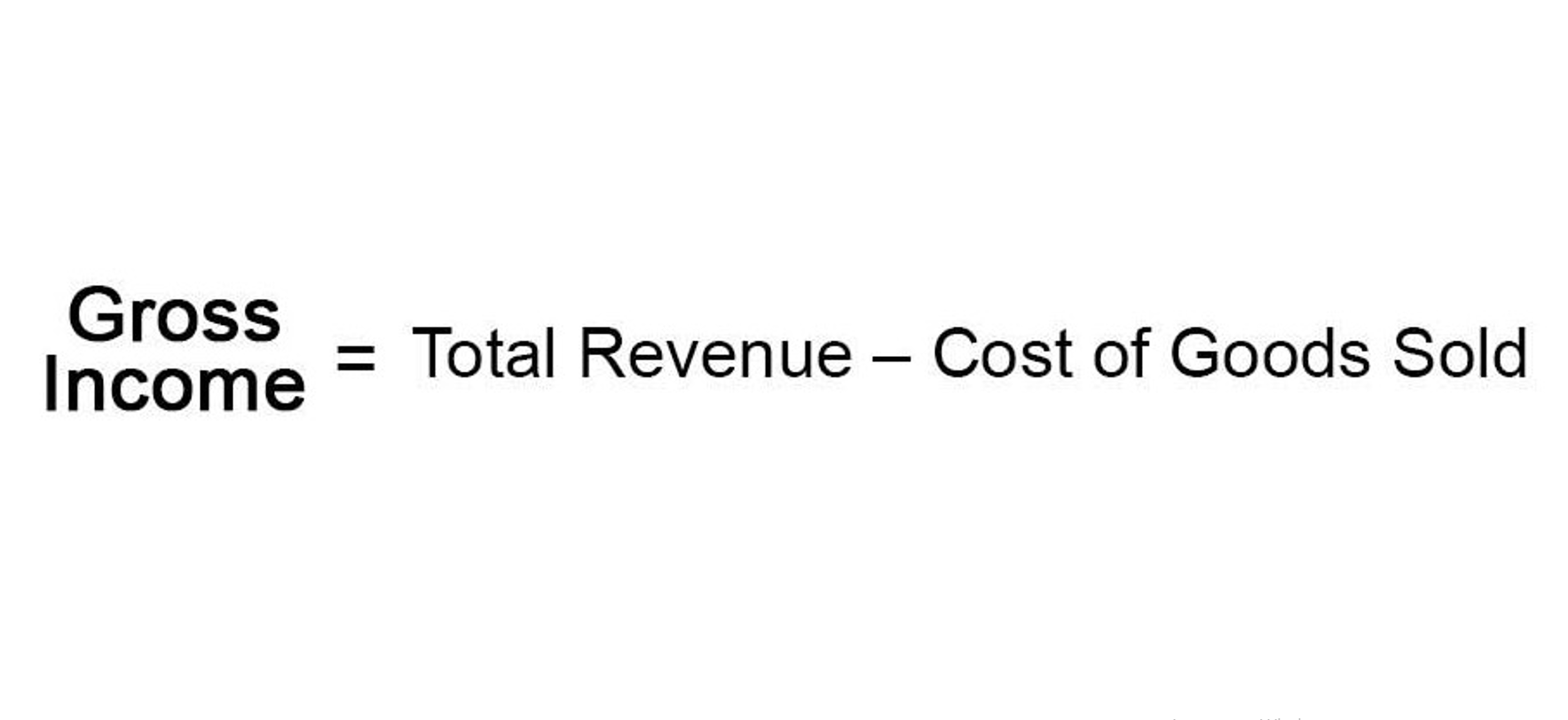
Capitalized commission costs are those costs incurred to obtain a contract that would not have been incurred if the contract had not been obtained. This article has focused on contract commissions but could be reasonably applied to fringe benefits and other bonuses. Careful analysis should be completed for each contract and contract renewal to best determine economic Interior Design Bookkeeping life.

Incremental and marginal costs

By mastering this skill, decision-makers can make informed choices that maximize value and drive success. They could have made this order right after the company had calculated all its costs on normal sales. The company shall then consider the lowest price for producing that order. It considers taking special orders if the costs involved will generate income in the long run. This shows the incremental cost of scaling monthly production volumes by 5,000 units is $20,000.

Examples of Incremental Analysis
Companies invest in marketing campaigns to promote their products or services. They need to compare the additional costs (advertising, discounts, and staff overtime) against the incremental benefits (increased footfall, sales, and brand visibility). Remember, incremental costs are context-specific, and thorough analysis ensures informed decision-making. Whether you’re optimizing business processes, designing public policies, or improving patient care, understanding incremental costs empowers you to navigate complex choices effectively. Incremental costing is a crucial concept when it comes to calculating and comparing the costs and benefits of different options.
Real-World Examples of Incremental Cost Analysis
Several factors can influence incremental costs, and it is crucial to consider them when analyzing different options. These factors may include changes in production volume, material costs, labor expenses, overhead costs, and any other relevant cost drivers. By identifying and analyzing these factors, businesses can gain insights into the potential cost implications of their decisions. In this section, we will delve into the concept of incremental cost and its significance in decision making. Incremental cost refers to the change in total cost that occurs as a result of producing or consuming one additional unit of a product or service. It is a crucial metric for businesses to consider when evaluating the feasibility and profitability of various options.

What Is Incremental Analysis?

When operations become more efficient, or economies of scale are achieved, marginal costs often decrease over time. Nevertheless, there may come a moment when it becomes pricier to create an additional item (Pindyck & Rubinfeld, 2018). Assume the same facts as in Example A, except that the contract contains a renewal option for an additional three years. Company A pays an additional commission of $5,000 (or 5 percent of total contract value) upon renewal. Based on historical experience with similar customers, Company A expects Customer B to renew the contract for one additional three-year period.Company A must determine if the two commissions are commensurate.
Incremental Cost Allocation Method
The separation of fixed costs and variable costs and determination incremental cost of raw material and labor costs also differs from organization to organization. It is usually made up of variable costs, which change in line with the volume of production. Incremental cost includes raw material inputs, direct labor cost for factory workers, and other variable overheads, such as power/energy and water usage cost. Conversely, marginal costs refer to the cost of producing one more unit of a service or product. Goods or services with high marginal costs tend to be unique and labor-intensive, whereas low marginal cost items are usually very price competitive. A long run incremental cost (LRIC) refers to the changing costs that a company can somewhat foresee.
Common Mistakes in Material Handling Equipment Manufacturing
Moreover, this cost can be influenced by external factors such as inflation or retained earnings fluctuations in currency values. Therefore, firms should undertake a thorough cost-benefit analysis to determine whether outsourcing presents an attractive financial proposition. In addition to the immediate costs of purchasing and installing new equipment, businesses must also consider long-term costs such as the cost of maintenance and repairs. These ongoing expenses can add up and impact the profitability of the investment.
- It is essential to note that understanding both costs’ composition is critical in achieving accurate calculations.
- They could have made this order right after the company had calculated all its costs on normal sales.
- However, none of it will include the fixed costs since they will not change due to volume fluctuation.
- It happens when the company opt-out of other activities that can save it from incurring expenses.
📆 Date: May 3-4, 2025🕛 Time: 8:30-11:30 AM EST📍 Venue: OnlineInstructor: Dheeraj Vaidya, CFA, FRM
- Whether you’re a manager, investor, or student, mastering this concept enhances your ability to navigate complex scenarios.
- The current value is used to project future revenues to see if a decision will incur future costs.
- Therefore, despite the initial incremental costs, investing in new equipment can be a smart financial decision for businesses looking to grow and improve their operations.
- Based purely on the available financial information, the management team should decide to take on Alternative B as a new and/or additional segment.
- This is why incremental cost calculation is essential for decision-makers.
It includes relevant and significant costs that exert a material impact on production cost and product pricing in the long run. They can include the price of crude oil, electricity, any essential raw material, etc. The calculation of incremental cost shows a change in costs as production expands.
Every effort must be made to make correct cost estimates so that the choice of an opportunity that a business ultimately makes doesn’t affect the company negatively. As the name suggests, both are meant to calculate the cost and revenue for extra or addition production of goods and services. Expanding from 10,000 units to 15,000 units, let’s assume total monthly costs increase to $120,000.

No responses yet